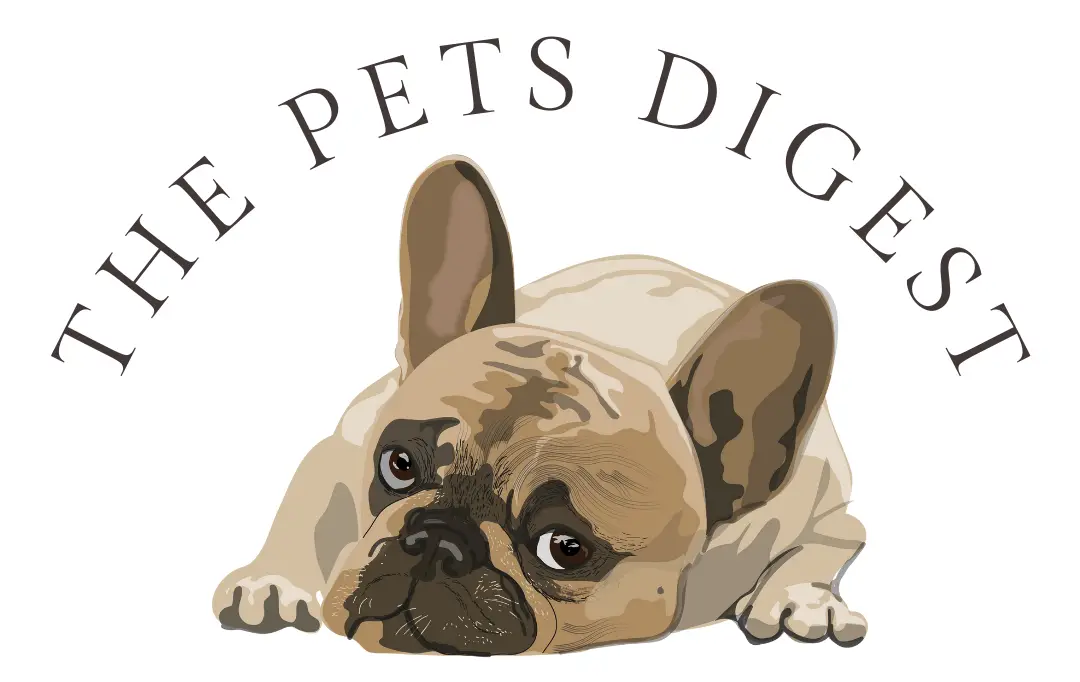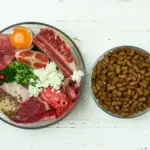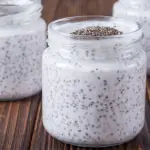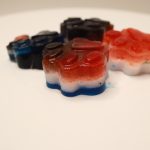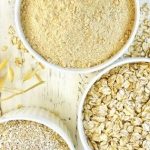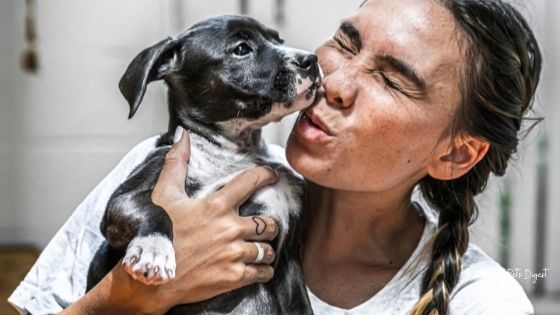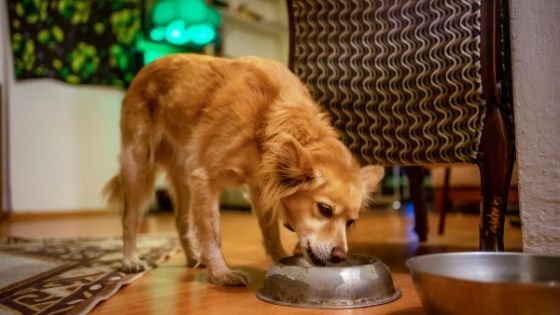Many owners often wonder if peanut butter is even safe for their dogs. The answer is of course, yes, peanut butter is an extremely safe treat for dogs in moderation of course.
However, there are some peanut butter that can be harmful (even deadly) if fed to your dog on a consistent basis.
In this article, we cover what you should and should not look for in peanut butter for your dog, some great peanut butter brands for dogs, and some frequently asked questions that pet owners often ask about feeding their dog peanut butter

What should you look for in good peanut butter for your dog?
To begin with, there are four main things you may want to keep in mind when choosing peanut butter for your dog
- Always read the packaging: Opt for peanut butter that is organic, GMO-free, and gluten-free for your pup. While most dogs usually do pretty well with gluten there are some (just like humans) that don’t digest it well, so it’s best just to avoid it altogether. Even if the label says ‘organic’ or ‘natural’ on the front still read the ingredients list
- Choose a smooth over chunky peanut butter: If you have the option, choose a smooth and creamy peanut butter over chunky. While crunchy peanut butter is fine for most dogs, if you have a smaller dog you should always choose creamy peanut butter. It just makes it a bit easier to digest
- Choose a peanut butter made for dogs: While there are plenty of peanut butter that are safe options for dogs, if you are on the fence about using peanut butter for humans, they have options made with dogs in mind
- Make sure your pup does not have a peanut allergy: This is of course one of the first things you should do before you begin to feed your dog peanut butter on a regular basis. We discuss the signs of a peanut allergy here.
How to make homemade peanut butter for dogs
Here is a simple recipe for how to make peanut butter for dogs
homemade peanut butter for dogs
- 3 Cups Unsalted Peanuts
Place the peanuts in a medium food processor. Process until smooth, stopping every couple of minutes to ensure none of the peanuts get stuck to the side of the processor. This should take about 10 minutes.
The top 8 peanut butter for dogs
We did some research and found 8 kinds of butter that are great for dogs. These are the best dog-safe peanut butter for dogs.

1. Homemade
Ultimately, the best peanut butter for dogs is made with love at home! This way you know exactly what is in the peanut butter. Making peanut butter at home is as easy as churning peanuts until they are smooth and creamy. You can also add other things to the peanut butter to make it a tasty treat for your pup like canned pumpkin.
2. Spread the love Organic Peanut Butter
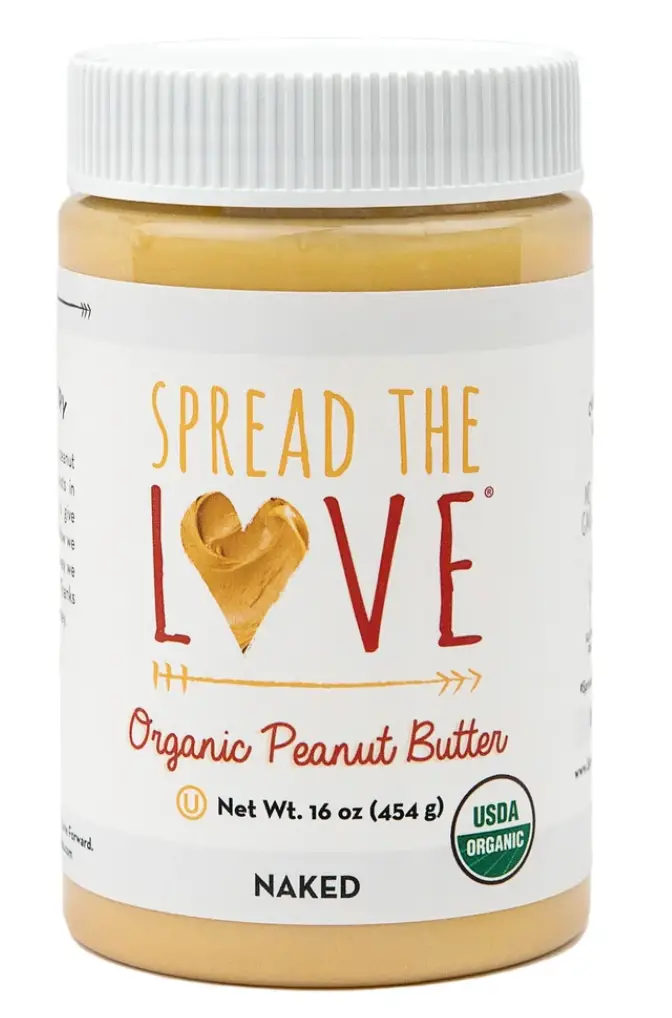
Spread the love peanut butter has no GMO’s, Palm Oil, or added sugar and is made from organic ingredients
3. Santa Cruz Organic
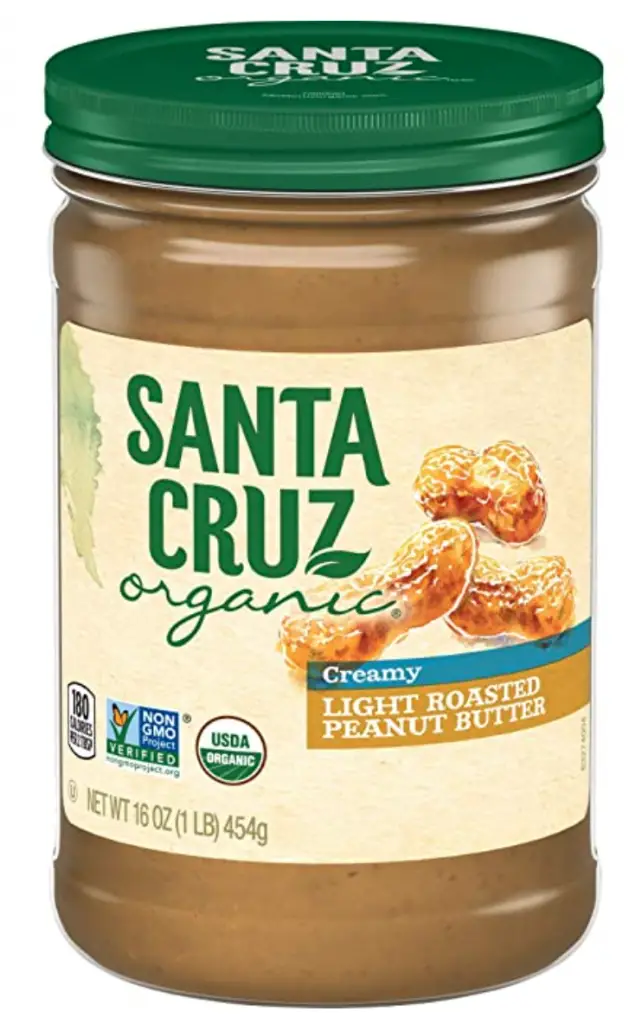
4.Crazy Richard’s Natural Peanut Butter
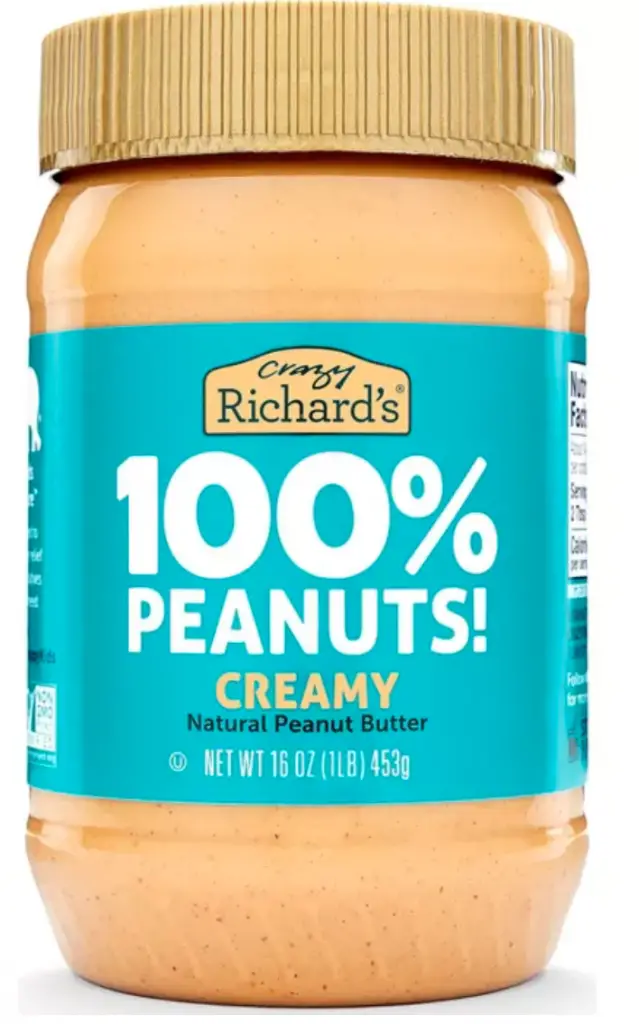
5. Greencoast peanut butter
Green Coast Pawnut Butter is made specifically for dogs, it is xylitol and gluten-free and has flax seed, and is a healthy dog peanut butter.
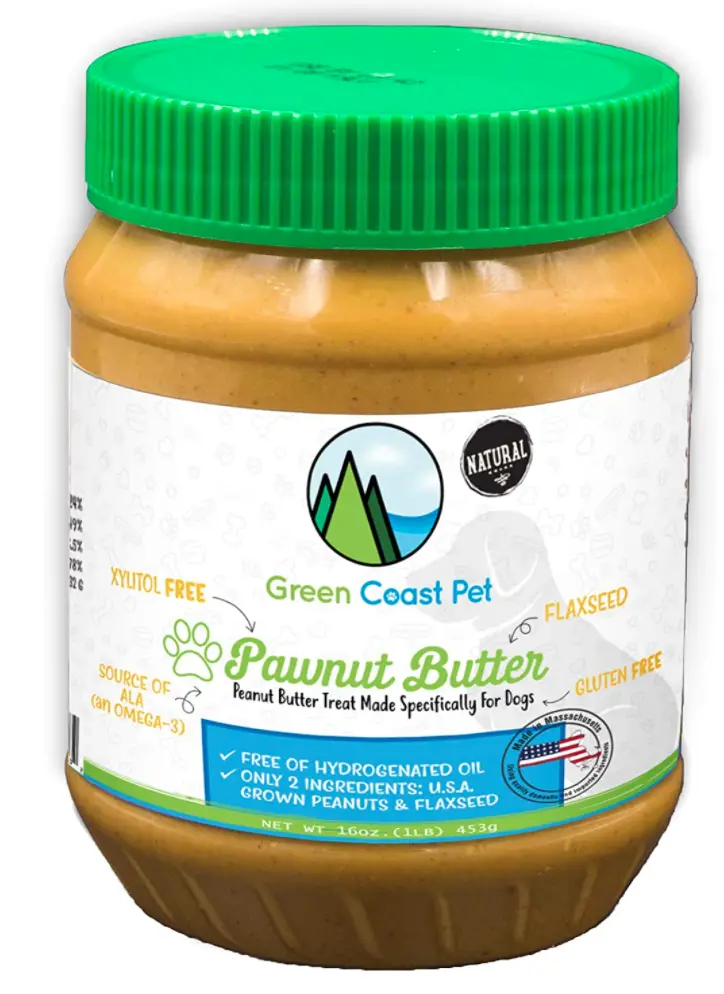
6. Poochie Butter Dog Peanut Butter
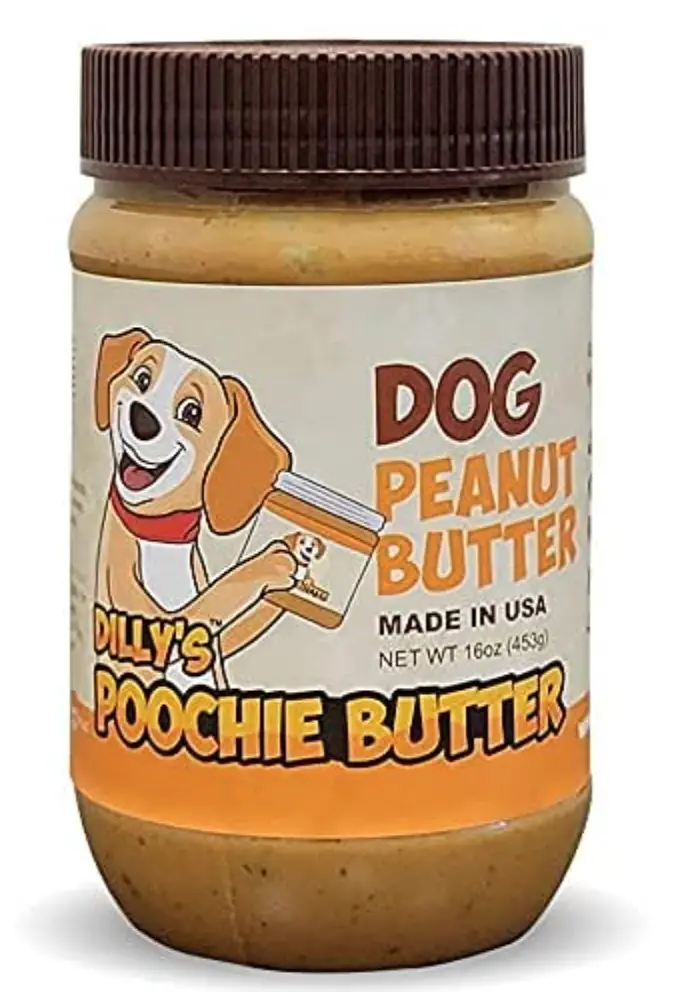
Poochie Butter has flax, turmeric, parsley, and ginger.
7. Buddy Butter
Buddy Budder is peanut butter made specifically for dogs and comes in several flavors including pumpkin
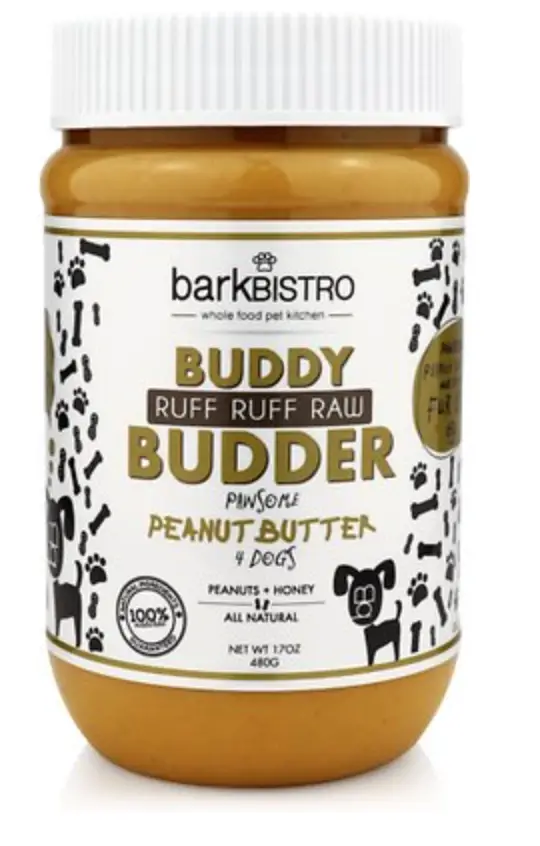
8. Hyper Pet IQ Treat Spread Dog Peanut Butter
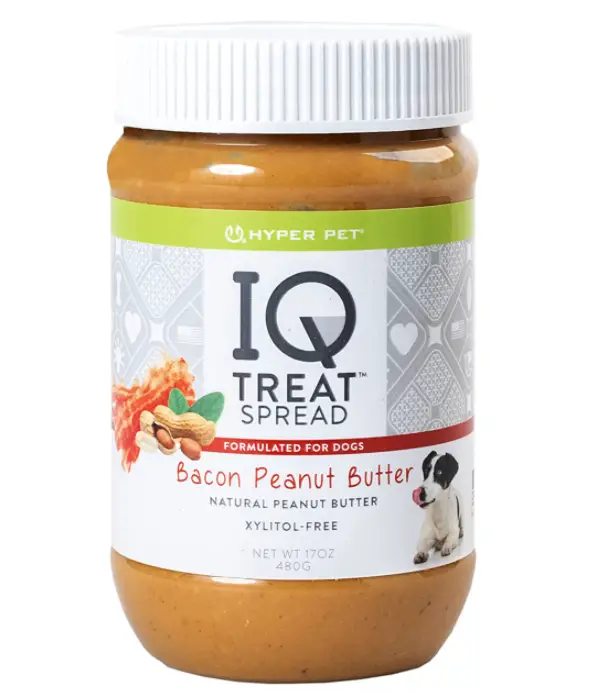
This peanut butter is made with dogs in mind and is bacon flavored so your pup will love it
Which peanut butter should you never buy?
Great peanut butter for dogs should optimally have peanuts and little else, so while we won’t go through brands to avoid, let’s look at what ingredients you should always avoid. Many of the added ingredients are for taste, preservation, or texture and are many times unnecessary. If the peanut butter you choose has any of the following ingredients you should opt for another option:
1. Added Salt: Peanut butter will naturally have some salt in it, adding more is not doing your pet any favors
2. Added Sugar: Look for added sugars in the form of caramel, corn syrup molasses, or sucrose. Just like in people sugar increases the risk of obesity and diabetes in dogs
3. Hydrogenated Vegetable Oils: many peanut butter manufacturers put this in their peanut butter to keep it from separating, but peanut butter is already fairly high in fat so it is unnecessary.
4. Palm Oil: Is palm oil in peanut butter safe for dogs? While most peanut butter on the market doesn’t have nearly enough palm oil in them to be harmful to pets if eaten too much it can cause GI upset like diarrhea, vomiting, and pancreatitis in severe cases, so err on the side of caution and bypass any peanut butter that includes the oil.
5. Xylitol: Xylitol is extremely toxic to dogs, in fact, it is over 100 times more toxic than chocolate to dogs. Even small amounts of xylitol can cause hypoglycemia (low blood sugar), seizures, liver failure, or even death in dogs. (Source)
6. Gluten: Most dogs do well with gluten but there are some that don’t fare well with it, and there are some that don’t. It also isn’t a necessary part of their diet so bypass it when you can.
What can you do with the peanut butter for your dog ?
There are so many things you can do with peanut butter since it is such a versatile treat for dogs
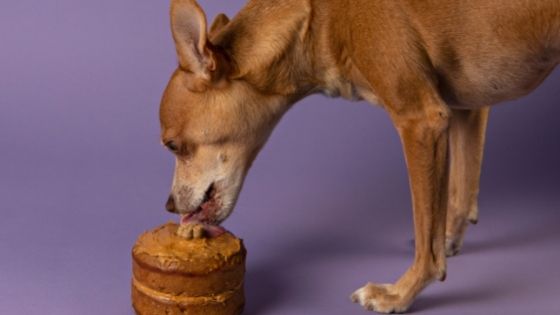
Make awesome homemade dog treats: Most dogs love peanut butter so what better way to incorporate it into their diet than putting it in homemade dog treats. If you are looking for some great treat ideas you can check out our homemade treats section or use this recipe
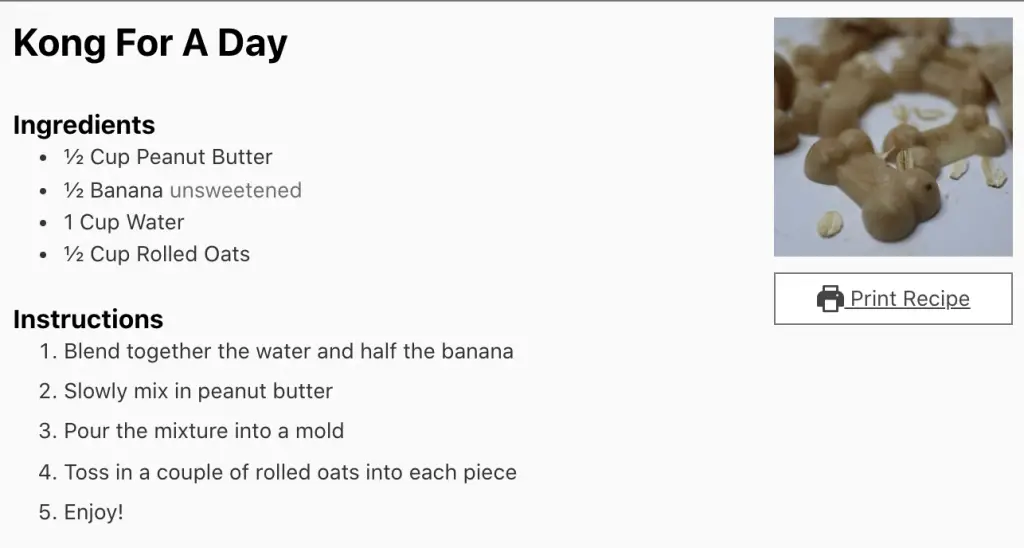

Use it on a lick pad: These are great if you are giving your dog a bath or need to distract him or her for some reason as they will be too focused on eating peanut butter to even notice what you are doing
Use it in hollow treats like kongs: Placing sticky peanut butter inside of a kong or other hollow toy will give your dog hours of enrichment. You can even freeze it for a longer-lasting treat
Feed it to them: Of course, you can always feed it to your dog directly as a treat, here is how much you should give your dog
Use it for training: If your dog goes crazy for peanut butter use it as a training tool, giving them a lick every time they do well
Make treats: Peanut butter balls are great training treats for dogs
FAQs
Does peanut butter make dogs hyper?
Peanut butter may add unnecessary sugar to your dog’s diet and they may receive a brief energy boost as a result of it.
How do I know if my dog is allergic to peanut butter?
There are a couple of ways to do this you can always have them tested for peanut allergies at your vet’s office or use one of the kits below. Most owners choose to give their pets a small amount with some Benadryl on hand, you can always speak to your vet as well to decide which route you should take. While the vast majority of dogs will not have a peanut allergy, symptoms of a peanut allergy in your dog can range from mild to severe to deadly. Signs of peanut allergies in dogs include:
- Red and/or itchy skin
- Collapse
- Excessive licking
- Difficulty breathing
- Swelling
- Hives

How much peanut butter can my dog have?
Peanut butter shouldn’t be a staple in your dog’s diet as too much can cause digestive upset, but it can make for a great treat every now and then. The suggested amount of peanut butter for dogs is up to 1/2 teaspoon for smaller dogs and up to 1 teaspoon for larger dogs, no more than twice daily.

Is peanut butter safe for cats? Read here to find out
In conclusion, peanut butter is a great treat for dogs in moderation. There are so many things you can do with peanut butter, like make treats and place it in toys. Simply, avoid butter with ingredients like added salt, sugar, xylitol, and palm oil and your fur baby will do well!
